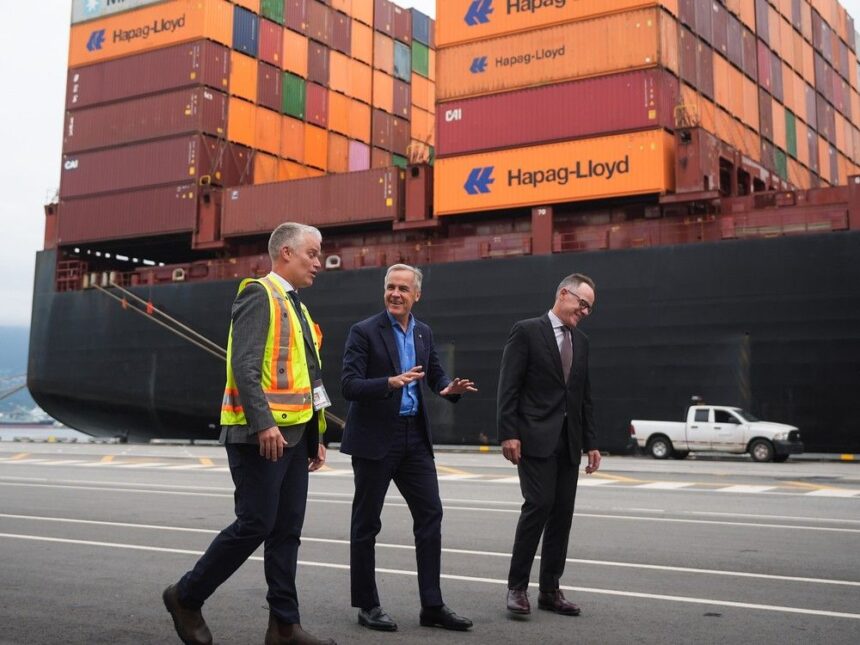As the mandatory six-year review of the Canada-United States-Mexico Agreement (CUSMA) approaches in 2026, Canadian industries are positioning themselves for what could become a pivotal moment for North American trade relations. The review, built into the agreement when it replaced NAFTA in 2020, has taken on new significance amid shifting political landscapes and economic priorities across the continent.
“This isn’t just a routine check-in—it’s a critical juncture that could reshape Canada’s economic trajectory for decades to come,” says Dr. Amrita Singh, senior economist at the Royal Bank of Canada. “Canadian businesses need to prepare for potential disruptions and opportunities alike.”
The stakes couldn’t be higher for Canada, with nearly 75% of its exports flowing to the United States and Mexico under the current framework. Recent data from Statistics Canada shows the trade agreement has facilitated over $1.1 trillion in trilateral trade since implementation, supporting an estimated 2.7 million Canadian jobs directly and indirectly.
Industry sectors are already mobilizing to protect their interests. The Automotive Parts Manufacturers’ Association has begun drafting position papers highlighting how integrated supply chains have benefited all three nations. Meanwhile, the Canadian dairy industry remains cautious about potential pressure to further open protected markets that were partially conceded in the 2020 agreement.
Trade experts point to several contentious issues likely to dominate the review. “Rules of origin requirements, particularly in automotive manufacturing, will face intense scrutiny,” notes former trade negotiator Michael Kergin. “Similarly, dispute resolution mechanisms and digital commerce provisions may require updating to reflect technological advancements since 2020.”
The timing of the review coincides with potential leadership changes in all three countries, adding another layer of uncertainty. Canadian officials have already begun diplomatic groundwork, recognizing that preparation could be the difference between preserving advantageous terms and facing unwelcome concessions.
“We’ve learned from past negotiations that early engagement with stakeholders across sectors is essential,” explains Catherine McKenna, former Canadian cabinet minister. “The government needs a coordinated approach that balances regional interests with national economic objectives.”
For Canadian businesses, particularly small and medium enterprises that comprise 98% of Canadian companies, the review represents both opportunity and challenge. Those integrated into continental supply chains may benefit from streamlined processes, while others could face increased competition.
Climate commitments and environmental standards are expected to feature prominently in discussions, reflecting evolving priorities since the agreement was first negotiated. Canada’s carbon pricing system, now established but still controversial domestically, may influence how environmental provisions are addressed during the review.
Economic modeling from the C.D. Howe Institute suggests that while major structural changes to the agreement are unlikely, even modest adjustments to tariff structures or rules of origin could impact Canada’s GDP by 0.3-0.8% annually—translating to billions in economic activity.
As 2026 approaches, Canadian businesses, labor groups, and policy experts are calling for transparent consultation processes to ensure diverse perspectives inform Canada’s negotiating position. History has shown that trade agreements of this magnitude reverberate throughout the economy, from factory floors to corporate boardrooms.
With global trade patterns evolving rapidly amid geopolitical tensions and technological disruption, how will Canada balance protecting established industries while embracing emerging economic opportunities in the next chapter of North American trade relations?










